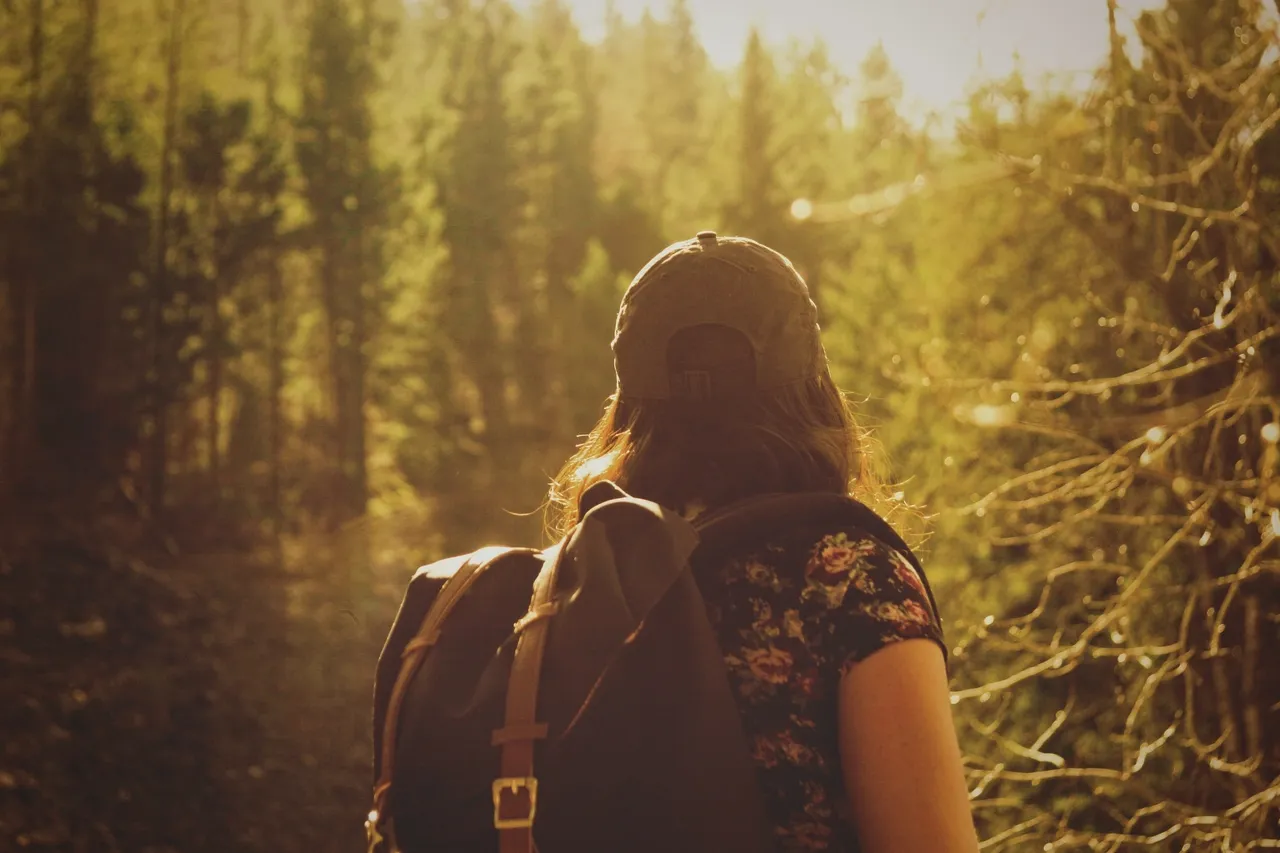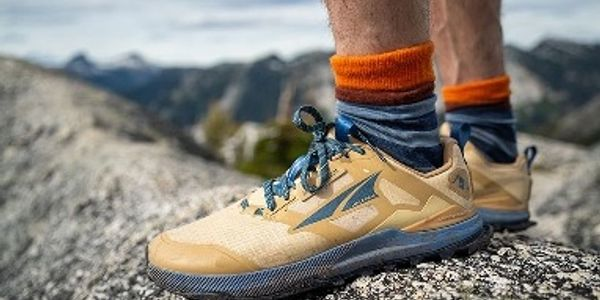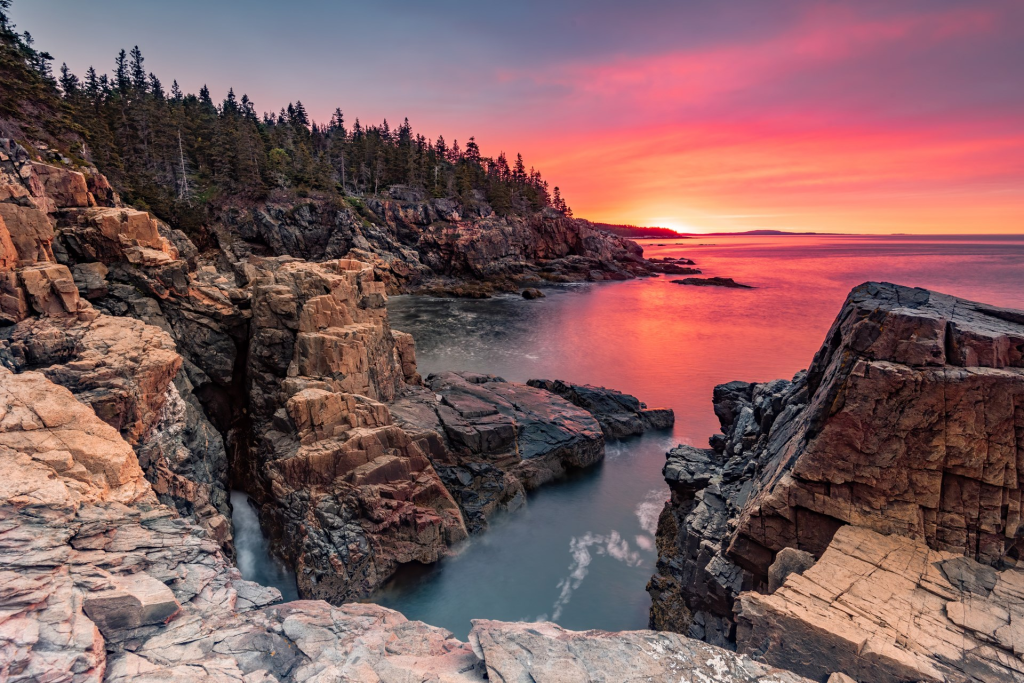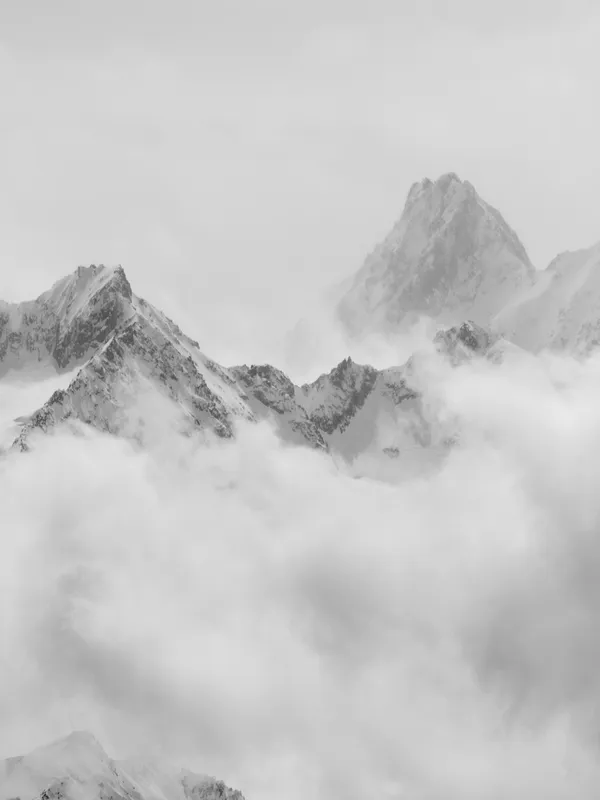What Is Land Snorkeling? A Complete Guide to Exploring the Backcountry
By Cap Puckhaber, Reno, Nevada
I’m Cap Puckhaber, a marketing professional, amateur investor, part-time blogger, and outdoor enthusiast. Today, we break down land snorkeling, the latest fad in exploring the backcountry.
Imagine stepping off the trail and venturing into open terrain with no set path. Then, picture immersing yourself in the landscape as if you’re floating through it. That’s the essence of land snorkeling—a growing trend in the hiking world that’s redefining what backpacking and exploration can look like.
You don’t need fins, a mask, or even water to go land snorkeling. Instead, you need curiosity, a sense of direction, and a willingness to explore the largely trailless backcountry in a whole new way.
What Is Land Snorkeling?
Land snorkeling is a term that’s recently gained traction among outdoor enthusiasts looking for a deeper, more meditative way to hike.
Hiking Without a Destination
Instead of following a defined trail from point A to point B, land snorkelers meander through the landscape slowly, intentionally, and often off the beaten path—much like snorkeling in the ocean.
In essence, think of it as hiking stripped of structure. Ultimately, it’s about discovery, observation, and connection rather than pace, mileage, or reaching a summit. As a result, this style of movement allows hikers to truly immerse themselves in their surroundings. They pay attention to small details: the texture of the rocks, the shape of the terrain, or the way the light moves across sandstone walls.
Why Is Land Snorkeling So Popular?
The traditional hiking experience has often focused on goals—summits bagged, miles logged, peaks conquered. However, the outdoor community is shifting. People are looking for ways to slow down, get more present, and interact more mindfully with nature.
Enter land snorkeling.
A Shift from Goals to Presence
This approach appeals to those who are burned out by overcrowded trails. It also attracts those who want to develop a deeper relationship with the landscapes they move through.
The ‘Slow Hiking’ Mindset
Furthermore, this trend taps into the proven psychological benefits of slow, mindful immersion in nature. Research shows that spending time in natural environments can significantly lower stress hormones like cortisol. In fact, it can also improve cognitive functions like working memory and attention.
Instead of the endorphin rush of a quick summit, land snorkeling fosters a state of “soft fascination.” This meditative state allows the brain to rest and recover. Consequently, you are not just walking; you are actively restoring your mental clarity.
How to Start Land Snorkeling: An Expert’s Guide
The idea of walking without a trail sounds simple. However, doing it safely and responsibly requires a specific set of skills and gear. As the founder of TheHikingAdventures.com, I’ve learned these lessons firsthand.
Mastering Off-Trail Navigation
This is the most critical skill for any land snorkeler. A trail constantly tells you where you are; open country does not.
First, you must learn to read a topographic map. Understand how contour lines represent the land’s shape. For instance, tightly packed lines mean a steep cliff. Widely spaced lines indicate a gentle slope. “V” shapes pointing uphill show a drainage or canyon, while “V” shapes pointing downhill indicate a ridge.
Second, practice terrain association. This means constantly matching the map to the landscape around you. Identify a distant peak or a unique rock formation. Find it on your map. Then, find yourself. This technique, called triangulation, is a fundamental navigation skill.
Finally, while digital tools like Gaia GPS or CalTopo are invaluable, technology can fail. Always carry a physical map and a baseplate compass. You must also know how to use them together. A good navigator uses the GPS to confirm what their map and compass already tell them.
Essential Gear for the Land Snorkeler
Your gear changes when you leave the trail. Specifically, your equipment must account for sun, navigation, and emergencies.
- Sun Protection: You will be exposed. A simple baseball cap is not enough. Therefore, you need a wide-brimmed hat and a UPF-rated sun hoody.
- Navigation: Carry a GPS, a physical map, and a compass. More importantly, consider a satellite messenger or Personal Locator Beacon (PLB). If you get lost or injured without cell service, this device is your only lifeline.
- Water & Electrolytes: Never underestimate your water needs, especially in the desert. Carry more than you expect to drink. Also, add electrolyte tablets to your water. Sweating removes salt, and drinking only water can lead to a dangerous condition called hyponatremia.
- Footwear: Sturdy boots with ankle support are crucial. You will be walking on uneven, rocky, and unstable surfaces.
- A Comb: This may sound strange, but if you’re hiking in the desert, a simple plastic comb is the safest way to remove a “jumping” cholla cactus.
Critical Safety and Risks of Trailless Hiking
This freedom comes with serious, non-negotiable risks. Your safety is entirely your own responsibility.
First, dehydration and heat exhaustion are your primary enemies in open country. Low humidity and constant sun can dehydrate you before you even feel thirsty. You must sip water constantly. If you feel dizzy, stop. Find shade immediately.
Second, getting lost is a real danger. Disorientation can quickly lead to panic, which leads to bad decisions. Always have a “turn-around” plan. For example, tell yourself, “I will follow this main wash west for two hours, then turn 180 degrees and follow it east back to my car.”
Third, be aware of environmental hazards. Flash floods are a major threat in canyon country. Never camp in a dry wash, no matter how clear the sky looks. A storm 50 miles away can send a wall of water down your canyon. Additionally, watch for rattlesnakes and be mindful of where you put your hands and feet.
The Leave No Trace Ethic for Trailless Travel
This is the most important part of land snorkeling. Following a trail concentrates impact. Conversely, off-trail travel disperses impact, which is only low-impact if done correctly. You must become invisible.
The core principle is to travel and camp on durable surfaces. Durable surfaces include rock, slickrock, sand, gravel, dry grasses, and snow.
The Cardinal Rule: Don’t Bust the Crust!
In desert environments like Utah, the dark, bumpy, black soil is not dirt. It is cryptobiotic crust, a living community of cyanobacteria, moss, and lichen. This biological soil crust is the literal glue of the desert. It prevents erosion and fixes nitrogen, making it possible for other plants to grow.
This crust is ancient and extraordinarily fragile. A single footprint can destroy decades of growth. Full recovery can take centuries.
When you are land snorkeling, you must walk only on rock, in sandy washes, or on other durable surfaces. Never, ever walk on the dark, crusty soil. This is the central ethic of a responsible land snorkeler.
Where to Go: A Land Snorkeling Paradise
While you can technically land snorkel anywhere, some landscapes are built for it.
Utah’s Classic Landscapes
Areas around Grand Staircase-Escalante, Capitol Reef, and the Canyons of the Escalante remain the ideal environment. These places are largely trailless. They offer endless opportunities to roam, wander, and take in the beauty at your own pace. The open slickrock and deep washes are perfect durable surfaces for exploration.
Exploring Beyond Utah
However, Utah is not the only option.
- Denali National Park, Alaska: This park is trail-less by design. The park service actively encourages hikers to spread out and find their own routes through the vast tundra.
- Bisti/De-Na-Zin Wilderness, New Mexico: This is an otherworldly landscape of badlands and hoodoos. It has no official trails, inviting explorers to wander through its strange, sculptural terrain.
- Absaroka-Beartooth Wilderness, Montana: This high-alpine region features vast, open plateaus. It allows for miles of off-trail hiking with incredible views.
Rethink What a Hike Looks Like
Land snorkeling asks you to rethink the hike. Ultimately, it’s not about conquering nature but moving with it—floating through the land with eyes wide open and no particular destination in mind.
If you’re looking for a new kind of adventure, I highly recommend giving land snorkeling a try. Especially if you’re heading to Utah, you’ll find some of the most magical places to get started.
Stay wild out there—and as always, you’ll find more tips, gear reviews, and trail inspiration at TheHikingAdventures.com, where I help hikers of all levels find their path (or no path at all).
– Cap Puckhaber
About the author
Cap Puckhaber is a marketing strategist, finance writer, and outdoor enthusiast. He writes across CapPuckhaber.com, TheHikingAdventures.com, SimpleFinanceBlog.com, and BlackDiamondMarketingSolutions.com. Follow him for honest, real-world advice backed by 20+ years of experience.
Hiking Guide to Endurance and Smart Pacing
What is Rucking and Is It Good For You

Join our Mailing List
Sign up with us now and be the first one to know about our exclusive offers and product updates.
By submitting your information, you`re giving us permission to email you. You may unsubscribe at any time.
Follow Cap Puckhaber on Social Media


About the Author: Cap Puckhaber
Backpacker, Marketer, Investor, Blogger, Husband, Dog-Dad, Golfer, Snowboarder
Cap Puckhaber is a marketing strategist, finance writer, and outdoor enthusiast from Reno, Nevada. He writes across CapPuckhaber.com, TheHikingAdventures.com, SimpleFinanceBlog.com, and BlackDiamondMarketingSolutions.com.
Follow him for honest, real-world advice backed by 20+ years of experience.





